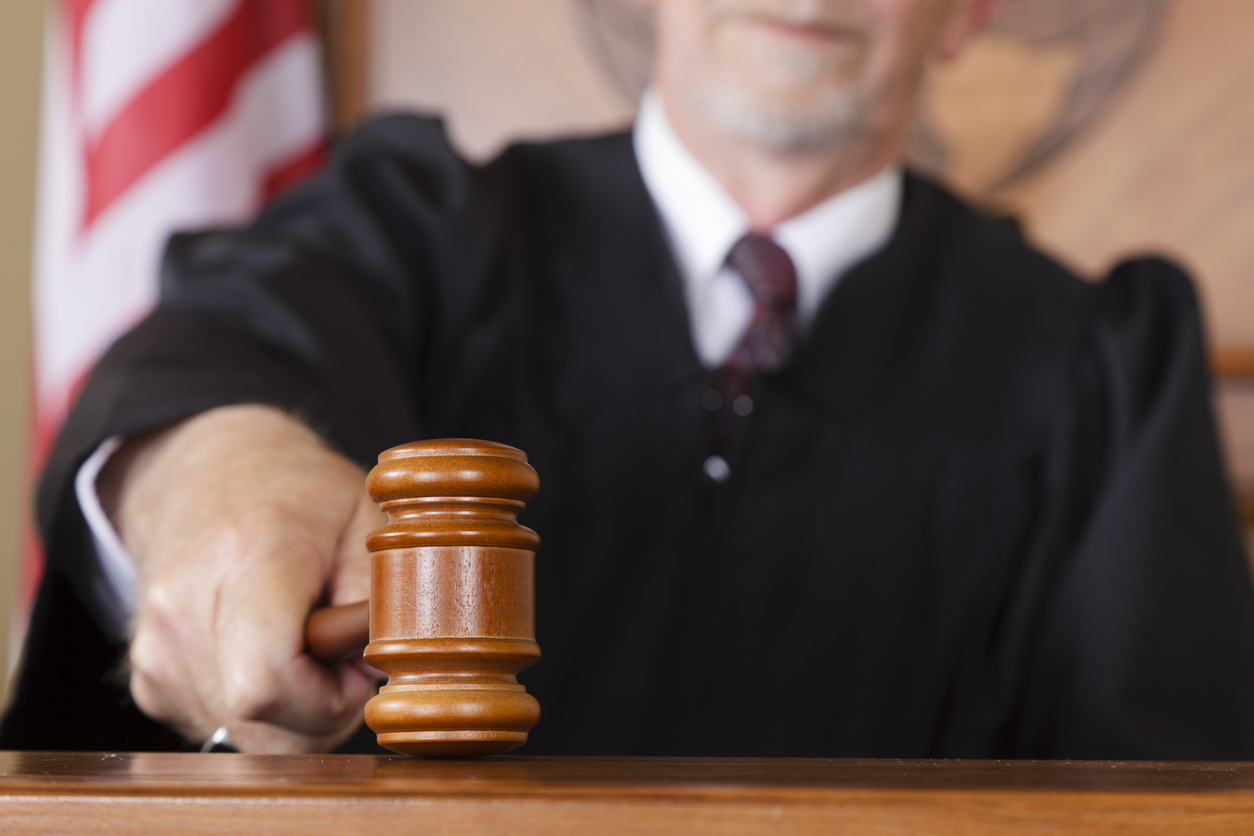Evidence and the explanation of evidence is important in claims practice cases. State Farm certainly lost a lot of advertising goodwill by allowing a bad faith case to go to trial with actress Shannen Doherty. Policyholders reading articles about that case must wonder if State Farm really is a “good neighbor.” Yet, her bad faith verdict was quashed and was set for a new trial.1
Most do not consider that a bad faith verdict can result in years of appeals with punitive damages closely reviewed. Verdicts can be overturned in whole or part. I am not certain how much some insurance company executives think about the bad press and damage to reputation that comes from such prolonged adverse litigation. Who wants an insurer that forces you to file suit to get a claim paid and also allegedly treats you with something other than a culture of getting claims paid promptly and fully?
The Shannen Doherty trial resulted in a bad faith verdict, which was then widely reported in the press. Here is what the Associated Press reported:
A federal jury in Los Angeles awarded $6.3 million to actor Shannen Doherty on Monday in a lawsuit alleging that State Farm failed to pay sufficiently for damage to her house in a 2018 California wildfire.
The jury found that the insurance giant’s failure to pay policy benefits for Doherty’s Malibu home were ‘unreasonable and without proper cause.’
The verdict covers damages to Doherty’s house and property, emotional distress and attorney’s fees.
…
Her attorneys said in court documents that ‘instead of living out her remaining years peacefully in her home, Ms. Doherty remains displaced and battling with her insurance company.’
In its statement Monday, State Farm said:
We empathize with Ms. Doherty’s health and wish her the best. We are disappointed by the jury’s decision and respectfully disagree with it. We will explore all available legal options, including appealing the verdict.
State Farm did follow up with post-trial motions. What has not been as widely reported is the trial judge granting State Farm’s motion for a new trial. The judge granted that motion on bad faith claim only:
Defendant asks for a new trial on the insurance bad faith claim because the clear weight of the evidence shows that it did not act unreasonably or without proper cause in delaying or denying policy benefits to Plaintiff and because the tort damages are excessive and unsupported by evidence presented at trial…The Court agrees with Defendant on both grounds and orders a new trial on this claim.
Policyholders and some inexperienced attorneys often say how easy it is to win a “bad faith,” aka “claims practice” case. When I hear people say this, it is obvious that they have never been down the road on one of these matters. Reading the trial judge’s ruling, it is apparent that more evidence could be placed around facts to prove why the conduct complained of was unreasonable.
I highlighted this in a post, Great Expert Witnesses Are Important to Property Insurance Cases:
In establishing damages and liability under the policy, expert-witness testimony before a jury is one of the most important tools. An entire case theory can ride on the back of successful expert witness testimony, which is why policyholder lawyers should begin to consult with experts from the very beginning of a case. It cannot be overstated that winning or losing a property case often depends on the credibility and admissibility of the expert testimony. This is because without expert testimony, many property insurance cases cannot be proven.
Courts have held, when a matter is beyond the common knowledge of an average person, an expert witness opinion will be required to testify on the essential issue of causation. Policyholders who fail to present competent expert testimony on the issue often fail to prove their case which may ultimately lead to dismissal.
To maximize the impact of an expert witness, it is important to select experts who have jury appeal – meaning an ability to ‘connect’ with a jury by breaking down complex concepts into digestible pieces of information that makes it easy for the jury to understand. As Richard Friedman and Patrick Malone said in their book, ‘to win cases, you must defeat complexity, confusion, and ambiguity, or they will defeat you.’ The goal is to present to the jury the most simple and understandable expression of the principle you are trying to convey.
I also encourage practitioners to study a book authored by my friend Rick Friedman, which we noted in Rules Of The Road, by Rick Friedman. This book explains the basics that every attorney should do to prove a “bad faith” case.
Thought For The Day
Anybody can become angry – that is easy, but to be angry with the right person and to the right degree and at the right time and for the right purpose, and in the right way – that is not within everybody’s power and is not easy.
—Aristotle
__________________________________________
1 Doherty v. State Farm Gen. Ins. Co., No. 2:19-cv-01963 (C.D. Cal. Jan. 11, 2022).




